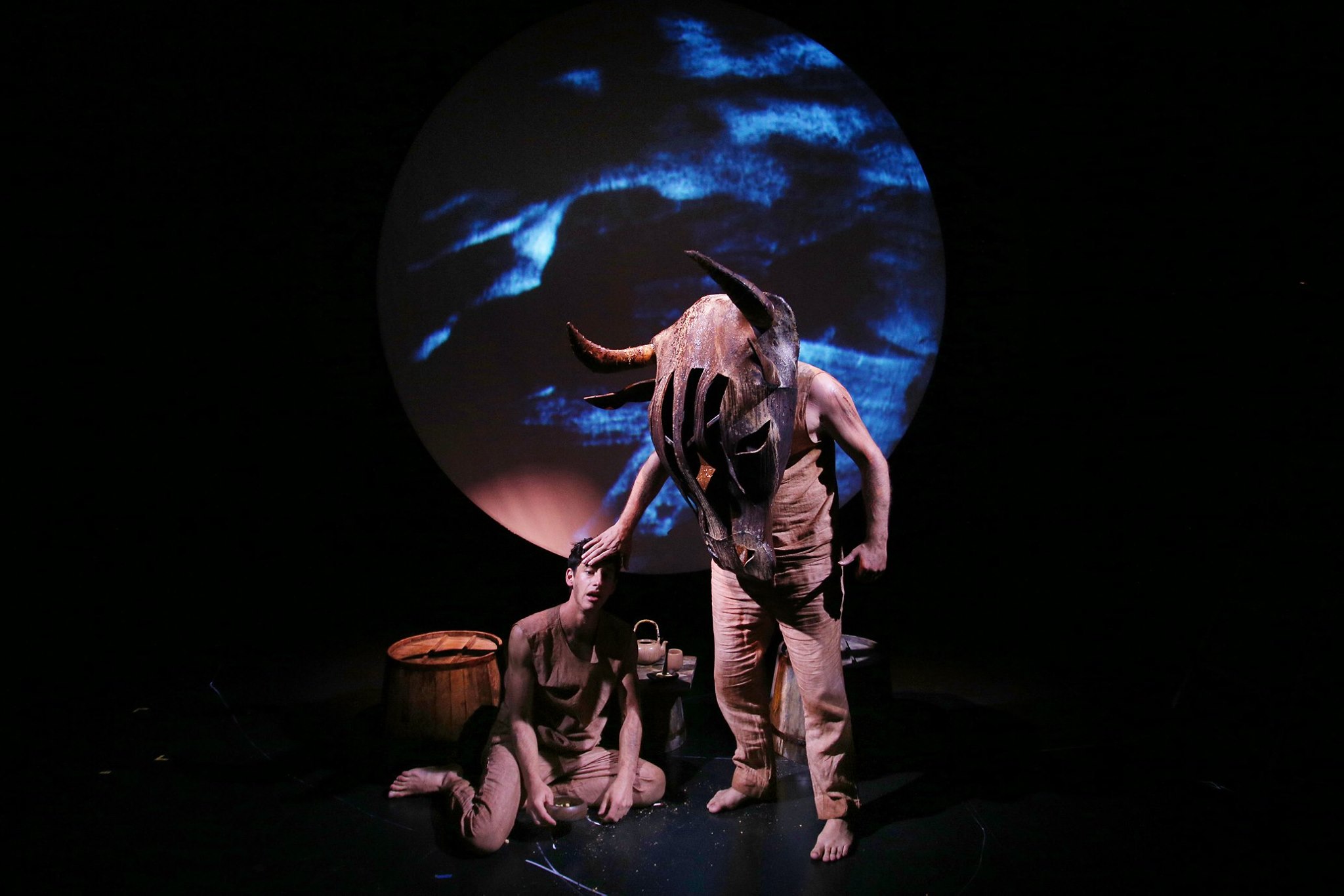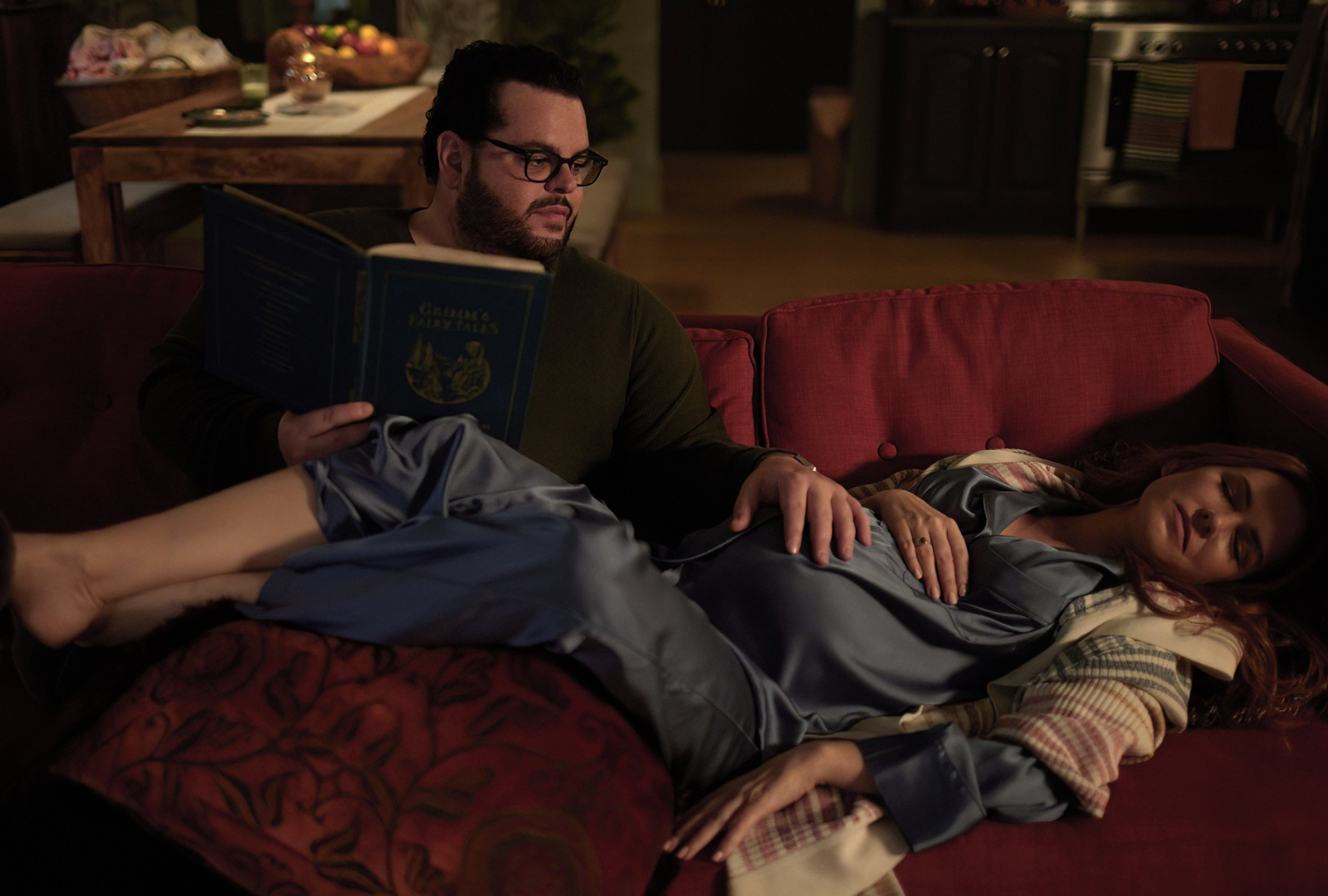The Fall Guy, Anyone But You, Extraction II and Thor: Love and Thunder; these are just some of the projects designer and NIDA alumna, Ruru Zhu (Bachelor of Fine Arts, Design for Performance, 2020), has worked on since graduation. With a blockbuster resume and a variety of in-demand skills, Ruru takes us through her creative process, challenges, inspiration and more.
Have you always wanted to pursue a creative career and what inspired you to go down the path of Design?
I’ve always been a creative person (mainly because I was terrible at practically anything else). I used to draw, paint, and make odd sculptures all the time, and I knew that I couldn’t be a person that worked in a very ‘corporate’ job. Out of high school, I undertook a BD (Honours) at UNSW A&D in Graphic design and Jewellery, and then the Bachelor of Fine Arts at NIDA.
Can you tell us why you chose to do the Bachelor of Fine Arts (Design for Performance) at NIDA?
I didn’t realise that the Bachelor of Fine Arts (BFA) at NIDA was something that you could do when I just happened to glimpse the banner hanging in the windows of the foyer about the costume course. I applied for the BFA in Costume course and then was pushed to the BFA in Design for Performance course as it was more aligned with my interests. I didn’t realise that you could study design in this way.

Festival of Emerging Artists – Icarus, 2020. Photo by Lisa Maree Williams.
Can you talk about some of your highlights while studying at NIDA and some skills you learnt from working with NIDA directors?
The resources at NIDA were great and I was pushed to experiment with things and ideas that I never had access to before. Collaboration with NIDA directors is something that was really interesting and challenging at some points. It definitely pushed my collaboration and communication skills beyond what I thought was possible for someone like me.
What is the project you are most proud of working on since graduating?
I’ve enjoyed pretty much every project I’ve worked on. They’ve all had their unique things that really challenged me and pushed my limits. In particular, the time frame for Wolf Like Me Season 2 was crazy short.

Wolf Like Me Season 2,a Stan Originals Series. Photo by Narelle Portainer.
What have you found the most challenging and how did you navigate those problems?
‘When it rains, it pours’ is the phrase that comes to mind. When there’s work, there is so much work to be done to the point where it can be overwhelming (I enjoy this though). But when the production finishes or goes on hiatus, it becomes a bit disconcerting. So just trying to keep busy and upskill during the down times is one of the ways to combat the quiet.
What was your experience and how did NIDA help you prepare for working on blockbuster projects such as The Fall Guy, Anyone But You, Extraction II and Thor: Love and Thunder?
Things happen so fast that changes and problems don’t really phase me anymore. At NIDA, it was mainly learning how to adapt quickly and problem-solve on the fly which has come in handy through the years. On big productions, you’re a cog in a machine so you need to know how to fit and work well within a team to keep the production running smoothly.
What is your creative process when you are initially asked to design for a show?
Mainly a lot of research. I find references to items, textures and previous designs and collate them to what I feel is the vibe and my interpretation of the show. Then, I show the director (and sometimes the producer), what I’m going for and we chat about our interpretations and how to progress with or without the references. It’s a very collaborative process of trying to dive into what we’re trying to achieve.
What would you say are the biggest differences in designing for theatre compared to film? How do you approach them differently?
The biggest thing is the money. I would love to design for theatre without a budget looming over my head, but that usually isn’t the case. Thus, I automatically think about how feasible the design can be built or bumped into the venue as one of the key aspects of the design. Film is a bit more freeing as I’m usually the cog, but it’s great to not worry about the money and go to the absolute extremes.
Is there a difference between designing for costume and set? Which one do you prefer and why?
It’s similar in the thought process of who the costume is for or who the set is for, the passage of time, the location, and the social/economic factors. I quite enjoy both because, at the end of the day, you’re worldbuilding a new reality.

Triple j Unearthed Music Video, Deuzy Vibe by The Regime, 2020. Photo by Robert Miniter.
What advice do you have for young creatives wanting to pursue design, particularly those interested in studying at NIDA?
Always be open to exploring and pushing your thinking. Not everyone is going to be on the same train as you are, but with an open mind and some good collaborative skills, it’ll make the whole process quite exciting. For those keen to study at NIDA, it is quite challenging but if you are willing to put in the work, it’ll be worth it in the long run.
What’s next for Ruru?
Ruru has no idea! Just cruising with the wind and seeing what’s available that’s coming up. I would love to be able to design for something more fantastical, but will see what comes my way.
